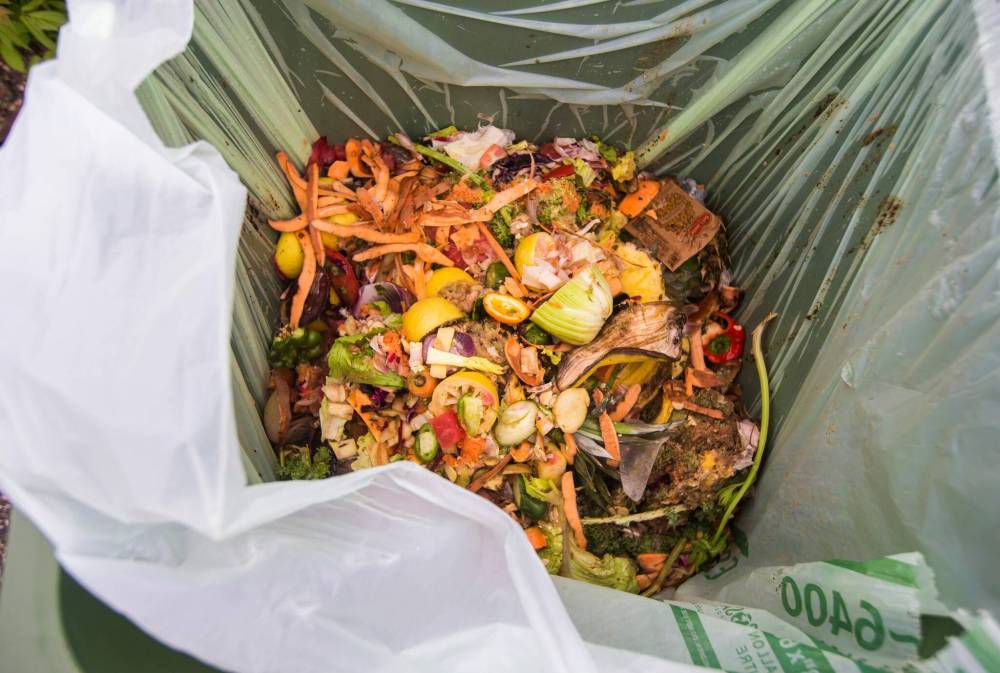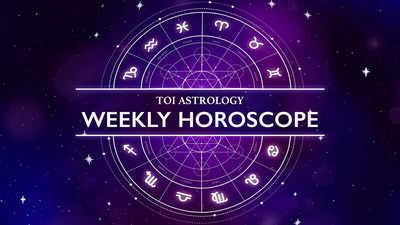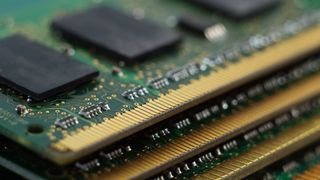
In a speech delivered to the National Association of Science Writers in New York City in September 1954 Lewis Strauss, the then-Chairman of the Atomic Energy Commission under President Eisenhower used the phrase “too cheap to meter.” At the time, there were no commercial nuclear power plants operating anywhere and there was no empirical data on the cost of nuclear power. The first commercial US nuclear power plant, the Duquesne Light Company’s Shippingport Atomic Power Station, began operating 3 years later in Pennsylvania in 1957.
Clearly Strauss was merely speculating when he made his remarks. Somewhere in his speech Strauss predicted that, “Our children will enjoy in their homes electrical energy too cheap to meter..
.Transmutation of the elements, unlimited power ..
.. etc.
, etc.” What he said – or more important – meant to say, has been debated ever since, but too cheap to meter made the next day’s newspaper headlines and is remembered while the rest of his speech has been mostly forgotten. Initially, the phrase was assumed to promise the unlimited future potential of nuclear energy, plentiful and cheap.
Some believe that Strauss was talking about nuclear fusion, not fission while others speculate that he was broadly talking about future scientific and technological advancements. As the years went on and over 100 nuclear reactors were built in the US alone, it became clear that nuclear energy was not cheap at all, certainly not too cheap to meter. The phrase gradually turned into a joke and Strauss its undeserving recipient.
Fast forward to 2024 and it seems that 70 years after Strauss’ famous speech, renewables – rather than nuclear – while not too cheap to meter, are certainly cheaper than any other form of electricity generation. They are also abundant and can be installed more or less anywhere quickly and to scale. An article in the 23 Oct 2024 issue of reported the result of a recent competitive tender in Saudi Arabia to build a total of 3.
7 GW of solar in 4 different locations with capacities of 300 MW to 2GW. According to the Saudi Power Procurement Co. (SPPC), the agency in charge of the competitive tender, the bids received promise to deliver solar energy at an average cost of around 1.
3 cents/kWh. The bidders include some of the biggest names in the business such as the UAE-based Masdar teaming with Korea Electric Power Corporation (KEPCO), a Chinese consortium including SPIC Huanghe Hydropower Development Co., Ltd.
and EDF Renouvelables of France. Solar costs have been going down everywhere but such low numbers are hard to believe. Granted, Saudi sunshine at 4 kWh/square-meter/day is hard to match and the contractors use cheap guest labor without union wages or benefits.
But still the latest numbers are noteworthy. They demonstrate that when installed at scale, solar (and wind, both onshore and offshore) can deliver cheap electricity. Commenting on speed of the energy transition, covered in the November 2024 issue of the newsletter, Andrew Blakers, a professor at the Australian National University (ANU) points out that at its current 20% per annum growth rate, solar PV should reach 100 TW in 2042 which is enough to supply the electricity needs of 10 billion global population.
Like others he is convinced that the “...
exponential growth of PV is continually underestimated. This is a true revolution.” The visual below shows the global leaders in per capita solar and wind generation for 2023 with Australia ranked as #4.
The world, however, has a long way to go. As for concerns about over reliance on Chinese solar panels and other critical products, Blakers dismisses the fears as “misplaced.” Misplaced or not, the incoming US administration is intent on imposing hefty tariffs on many imports, especially from China.
The biggest challenge facing solar is that sun does not shine at all times, certainly after the sun goes down at the end of the day. This means that extremely abundant and cheap solar output is not available 24/7; it must be stored or replaced with something else to make it firm and reliable. There are multiple ways to address this issue, and more will be found as more renewables are added to the generation mix.
Blakers is fond of pumped hydro storage systems and claims that the storage problem has already been solved. Another hurdle, of course, is the inadequate transmission and distribution infrastructure – but the low cost of renewables and their abundance no longer seems to be a barrier..














